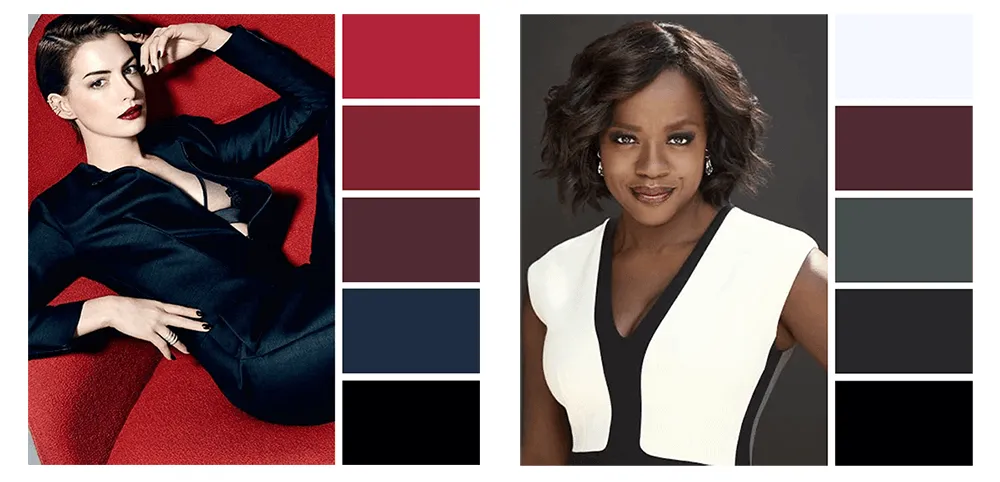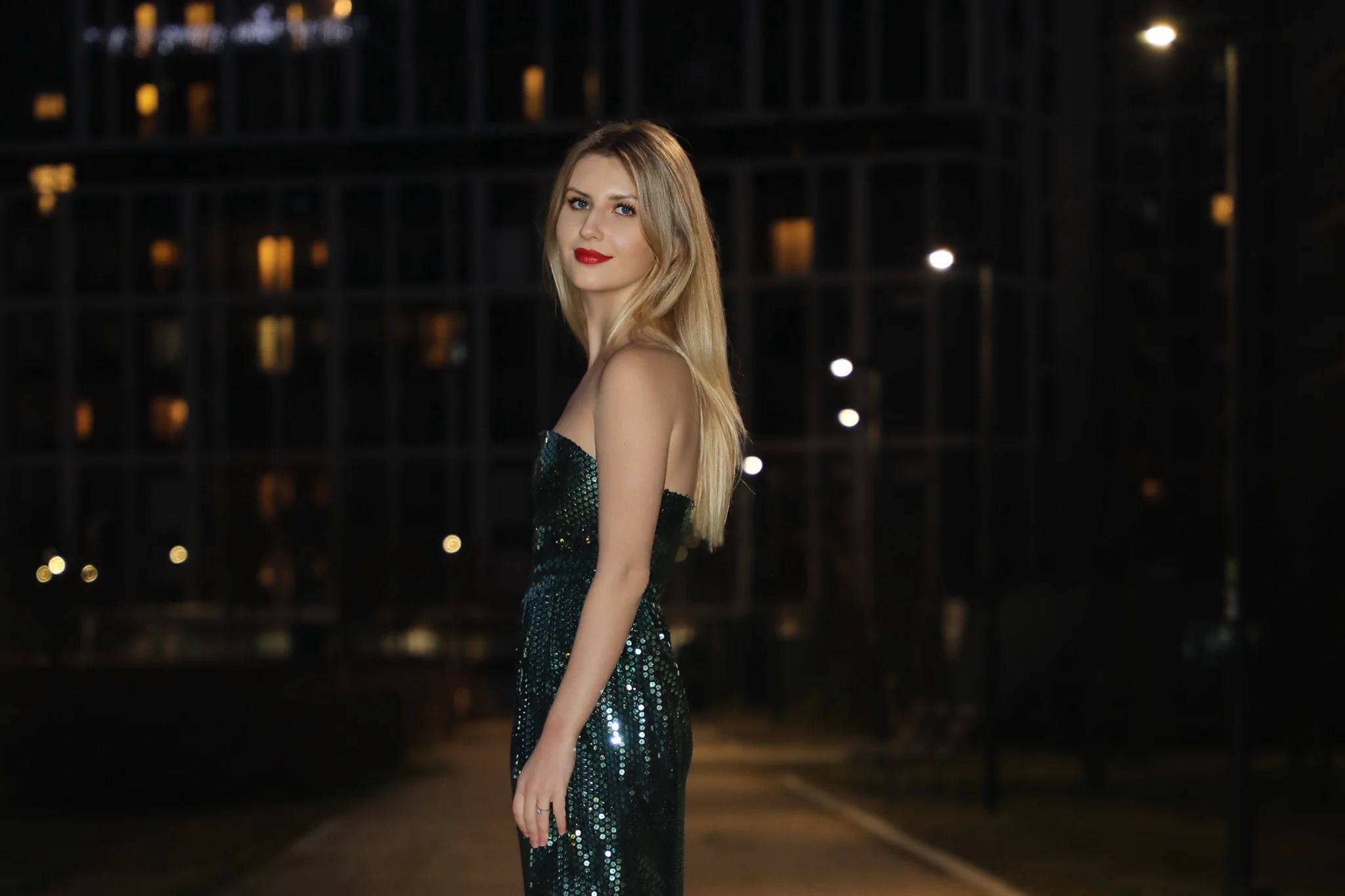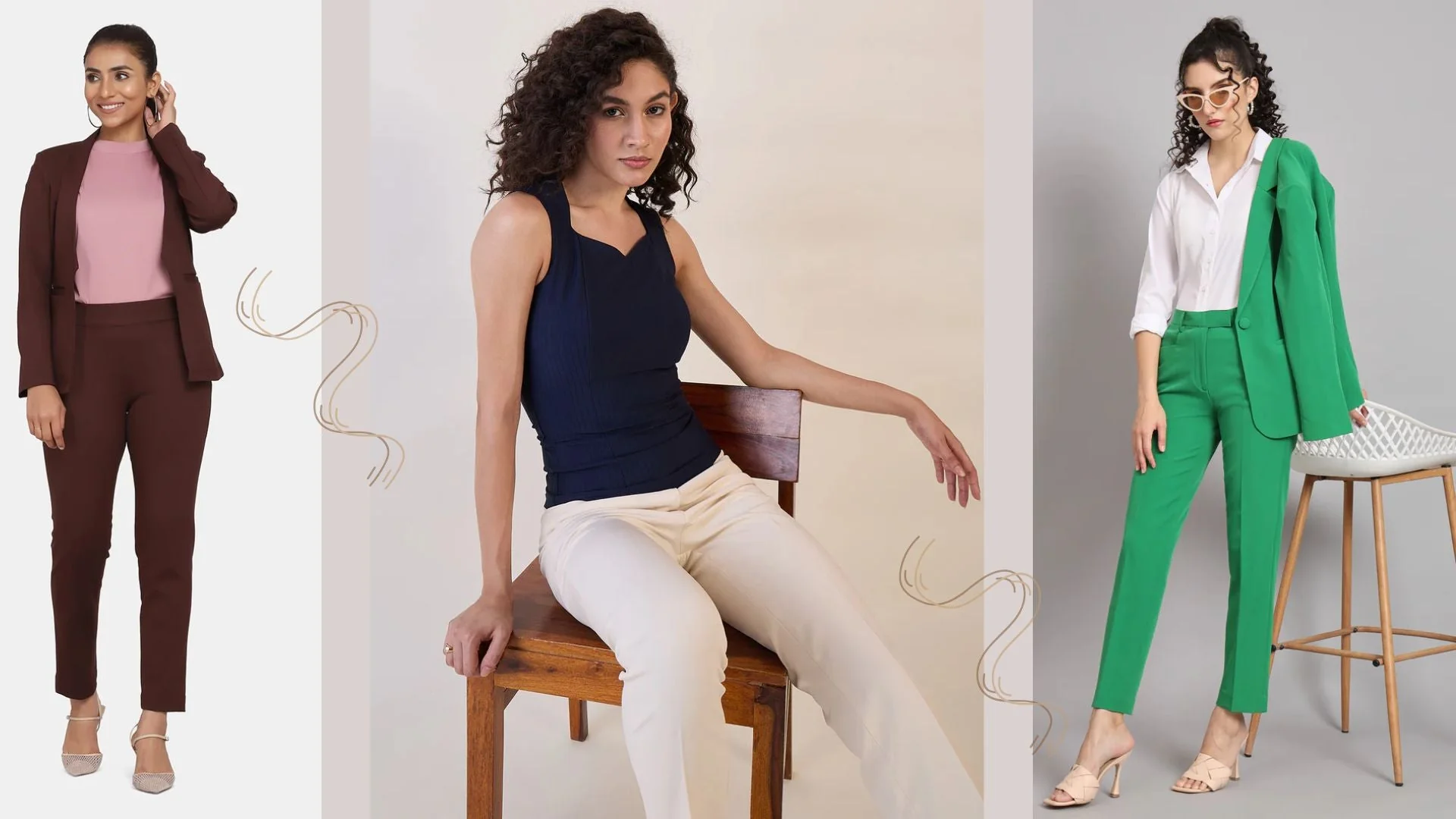Picture a vibrant summer day, where the sun’s warm rays dance upon your skin as you stroll through a bustling city street. You catch a glimpse of someone emerging from the crowd, their outfit catching your eye and leaving an indelible impression. Was it the bold red dress that demanded attention? Or perhaps it was the elegant black suit that exuded confidence and sophistication. We often underestimate the power of color when it comes to our fashion choices, but there’s no denying its ability to captivate and allure. In this article, we delve into the age-old question: which color is truly attractive in clothes?
The Role Of Skin Tone In Color Selection
Understanding the role of skin tone in color selection is essential when it comes to choosing attractive clothes. Our skin tone can greatly influence how certain colors appear on us, making them either enhance our beauty or dull our complexion. For instance, individuals with warm undertones such as yellow or golden hues in their skin are often complemented by earthy and warm shades like olive greens, burnt oranges, and rich browns. These colors bring out a radiant glow against warm-toned skin and create a striking contrast. On the other hand, cooler undertones like blue or pink in the skin benefit from jewel tones such as sapphire blues, emerald greens, and amethyst purples that make the complexion appear more vibrant.
However, it’s crucial to remember that these guidelines are not limiting but rather serve as a starting point for exploring color options that work well with your skin tone. Experimenting with different shades can lead to unexpected discoveries and introduce new dimensions to your style. Consider stepping outside of traditional norms by mixing contrasting colors or incorporating unexpected accents into your outfits. Ultimately, what matters most is feeling confident and comfortable in the colors you choose—because when you feel good about how you look, it inevitably radiates outwardly and enhances your attractiveness regardless of any ‘rules.’
Cultural And Societal Influences On Color Preferences
One cannot discuss color preferences without acknowledging the strong influence that culture and society have on our perceptions. Every culture has its own unique symbolism and associations with different colors, which in turn shapes our preferences. For example, in Western cultures, white is often associated with purity and weddings, while black represents mourning or formality. In contrast, in many Asian cultures, red symbolizes good luck and happiness.
Societal influences also play a significant role in shaping color preferences. Fashion trends, media portrayals, and advertising all contribute to the perception of what is considered attractive or fashionable in terms of color choices for clothing. These influences can change over time and vary between different age groups or social classes. For instance, pastel colors might be considered trendy for younger generations but unfashionable for older demographics.
Choosing The Right Colors For Different Occasions
Choosing the right colors for different occasions is crucial when it comes to making a lasting impression. While some may argue that there are no hard and fast rules, certain colors have an innate power to convey specific emotions and project various vibes. For formal events or business settings, opting for classic tones such as navy blue, charcoal grey, or black can exude confidence and professionalism. These colors are timeless and create a sense of stability, making them ideal choices for job interviews or important meetings. On the other hand, social gatherings call for bolder hues that express your personality and bring in a playful element. Experimenting with vibrant shades like bright reds, electric blues, or sunny yellows can make heads turn at parties and social events.
Consider also the season when choosing colors for different occasions. During springtime gatherings, pastel shades like baby pink or mint green can complement the blooming nature around you while adding a gentle touch to your outfit. In summer months when the sun is high and the temperatures reach their peak, wearing lighter tones such as whites or light blues can help you feel cool under the scorching heat. Fall brings about warm earthy tones like burnt oranges or deep burgundies that mimic the changing leaves outdoors, creating a strong connection with nature’s transformation during this time of year. And finally, winter festivities provide an opportunity to experiment with rich jewel tones like emerald greens or sapphire blues that symbolize elegance and luxury.
Conclusion:
In conclusion, it is evident that the power of color in enhancing attractiveness cannot be underestimated. Numerous studies have shown that certain colors can significantly affect how we are perceived by others. Whether we want to appear more confident, approachable, or even attractive, choosing the right colors in our clothing can make all the difference.
One interesting aspect to consider is cultural influences on color perception. While some colors may be universally appealing, such as red for passion and power or blue for calmness and trustworthiness, it’s important to understand that different cultures may perceive colors differently. For example, in Western cultures, white symbolizes purity and innocence, while in Eastern cultures it represents mourning and sadness. Being mindful of these cultural nuances can help us better navigate fashion choices globally.
Furthermore, it’s essential to remember that personal preference plays a significant role in attractiveness as well. Ultimately, wearing a color that makes you feel confident and comfortable will radiate a positive energy that others find appealing. So rather than focusing solely on what science says about which color makes you more attractive, embrace your own style and wear colors that reflect your personality and make you feel great.
By leveraging the power of color strategically in our clothing choices and understanding cultural influences on color perception, we can enhance our attractiveness levels effortlessly. However, personal preference should never be overlooked – feeling confident and comfortable in what we wear is what truly shines through when it comes to attracting others.



